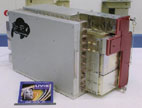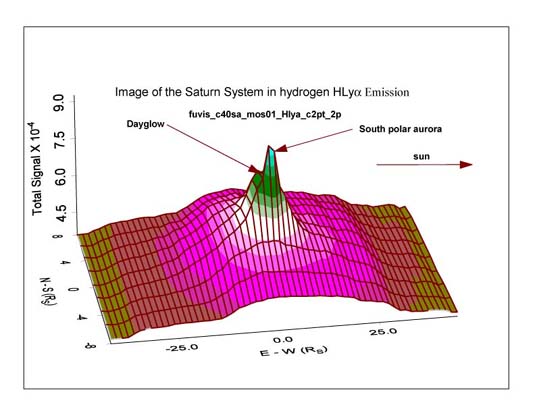 **This site is no longer maintained or updated but it’s left active for reference.**
**This site is no longer maintained or updated but it’s left active for reference.**
On October 15, 1997, the Cassini-Huygens spacecraft was launched by NASA’s Jet Propulsion Laboratory (JPL) from Kennedy Space Center in Florida. After a seven-year journey, it entered Saturn’s orbit on July 1, 2004 Coordinated Universal Time (UTC), or June 30 at 8:36 p.m. MDT. Cassini completed its initial four-year mission in June 2008 and the first extended mission, called the Cassini Equinox Mission, in September 2010. After its second extended mission, called the Cassini Solstice Mission, and after 22 dives between the planet and the rings, Cassini plunged into the atmosphere of Saturn and burned up on September 15, 2017 at 6:08am (MDT).
The mission included the Cassini orbiter, which orbited Saturn and its moons, and the Huygens probe, which was released from the Cassini orbiter and landed on the Titan moon to explore its surface and surroundings. The instruments onboard provided scientists with new and exciting data to help understand the mysterious Saturnian system.
 The Ultraviolet Imaging Spectrograph (UVIS), was one of the 12 instruments installed on board Cassini. It was built by the Laboratory for Atmospheric and Space Physics (LASP) located in the Research Park of the University of Colorado in Boulder.
The Ultraviolet Imaging Spectrograph (UVIS), was one of the 12 instruments installed on board Cassini. It was built by the Laboratory for Atmospheric and Space Physics (LASP) located in the Research Park of the University of Colorado in Boulder.
 The instrument measured ultraviolet light in the Saturnian system. Data from UVIS provided information on the atmospheric composition and photochemistry of Saturn and Titan, and the nature and history of Saturn’s rings.
The instrument measured ultraviolet light in the Saturnian system. Data from UVIS provided information on the atmospheric composition and photochemistry of Saturn and Titan, and the nature and history of Saturn’s rings.
This site provides the public and the UVIS team members with a wealth of knowledge about the UVIS instrument as well as links to more information on the complete Cassini-Huygens mission.
Science Objectives
The Cassini Ultraviolet Imaging Spectrograph (UVIS) was part of the remote sensing payload of the Cassini Orbiter spacecraft.
UVIS science objectives include investigation of the:
- Chemistry, clouds, and energy balance of the Titan and Saturn atmospheres
- Neutrals in the magnetosphere
- Surfaces and tenuous atmospheres of icy satellites
- Deuterium/hydrogen (D/H) ratio for Titan and Saturn
- Structure and evolution of Saturn’s rings
The UVIS had two spectrographic channels that provided images and spectra covering the ranges from 56 to 118 nm and 110 to 190 nm. A third optical path with a solar blind CsI photocathode was used for high signal-to-noise-ratio stellar occultations by rings and atmospheres. A separate hydrogen-deuterium absorption cell (HDAC) measured the relative abundance of D/H from their Lyman-alpha emission.
Cassini The Planetary Data System (PDS) – This website is the PDS home page for the Cassini mission to Saturn. It has information to help understand the spacecraft and mission, the instrument payload, details about how to find, calibrate, and analyze data from each instrument, and resources to help find more information about the core science areas that have been studied in the Saturn system.
